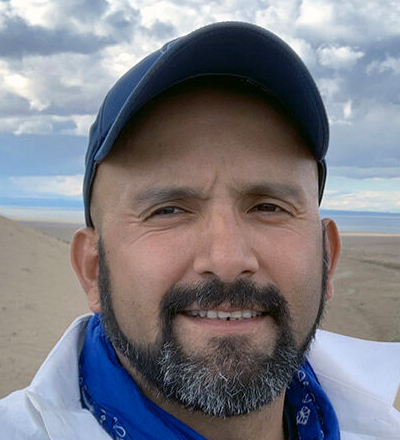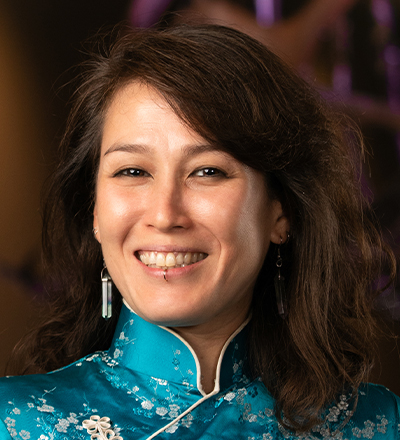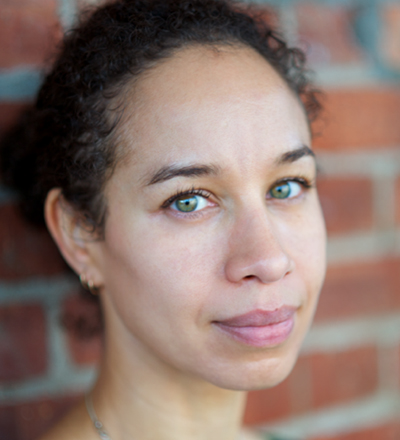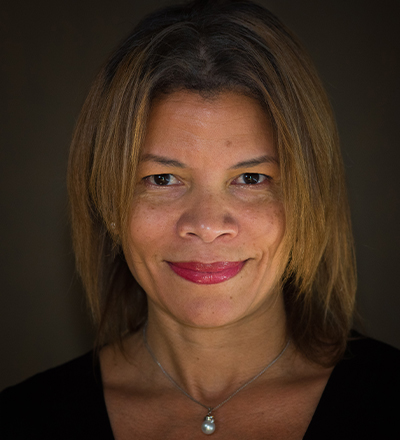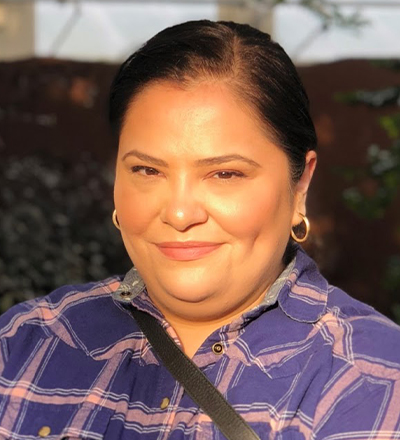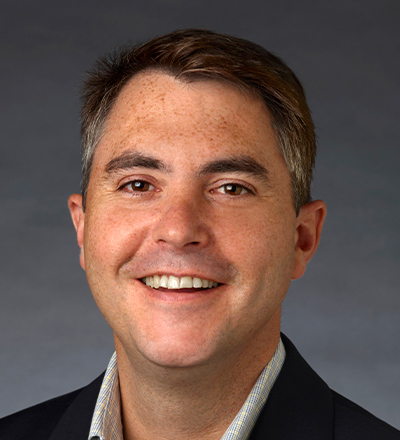Curator, author, educator, administrator, and public advocate for reimagining the role of art museums in society, Sandra Jackson-Dumont has served as Director and Chief Executive Officer of the new Lucas Museum of Narrative Art since January 2020. Tasked with leading the museum through its opening and beyond, Jackson-Dumont oversees all curatorial, educational, public, and operational affairs for the fast-developing institution, including realization of the currently under construction 11-acre campus in Los Angeles’s Exposition Park, which includes a nearly 300,000-square-foot museum building designed by Ma Yansong of MAD Architects and an expansive new park designed by Mia Lehrer of Studio-MLA.
Prior to taking leadership of the Lucas Museum, Jackson-Dumont served as the Frederick P. and Sandra P. Rose Chairman of Education and Public Programs at the Metropolitan Museum of Art from 2014 through 2019. At The Met, she conceived of and produced institution-wide and citywide programming for audiences from schoolchildren and teachers to artists and scholars, including community engagement and academic initiatives, live performances, and partnerships involving more than forty other New York City cultural organizations. She is the visionary behind the The Met’s Civic Practice Partnership (CPP) which launched in 2017 to catalyze and implement creative projects that advance healthy communities by bringing the skills and interests of neighborhood stakeholders together with those of the institution and artists who are socially minded in their practice. Invited artists work in their own neighborhoods across New York City and at The Met to develop and implement ambitious projects and forge meaningful collaborations. Artists have included choreographer and performance artist Rashida Bumbray working in Bedford-Stuyvesant; multimedia visual artist Miguel Luciano working in East Harlem; Jon Gray of artistic and culinary collective Ghetto Gastro; Mei Lum of the W.O.W. Project, a community organizing and arts space in Manhattan’s Chinatown; and musician and composer Toshi Reagon.
Known for her ability to blur the lines—whether between academia and popular culture or traditional and non-traditional museum audiences—Jackson-Dumont has also held positions at the Whitney Museum of American Art, The Studio Museum in Harlem, and the Seattle Art Museum. Throughout her career, she has collaborated extensively with living artists, communities, creatives, and historical materials. Her work catalyzes the presence of increasingly dynamic and diverse audiences in cultural spaces while exploring issues of relevance. From 2000 to 2006 she programmed robust programs at The Studio Museum in Harlem. From 2006 to 2014, she held the post of Deputy Director for Education and Public Programs and Adjunct Curator of Modern and Contemporary Art at the Seattle Art Museum (SAM) where she oversaw education and public programs, interpretive technology, and community affairs across the museum’s three venues and organized exhibitions and collaborative projects of the work of artists including Theaster Gates, Titus Kaphar, LaToya Ruby Frazier, Aaron Fowler, Marie Watt, Nick Cave, Donald Byrd, and Sondra Perry. She is the person behind the creation of SAM’s Gwendolyn Knight and Jacob Lawrence Prize, a biannual award given to an early career Black artist which launched in 2009 and honored Lauren Halsey in 2021. She began her career in museums with an internship at The Studio Museum in Harlem.
A native of San Francisco, Jackson-Dumont earned her B.A. in art history from Sonoma State University and received her M.A. in art history from Howard University. While pursuing her career in museums, she has also taught at the Rhode Island School of Design, New York University, and the University of Washington.
Sandra Jackson-Dumont was elected to the Academy of Arts and Sciences in 2021. She has received many honors including the Medal for Distinguished Service of Columbia University’s Teachers College, 2016; the Distinguished Alumni Award of Sonoma State University, 2015; the Creative Leadership Award of the Paul G. Allen Family Foundation, 2013; and the Women of Color Empowered Award, 2012. She currently serves on the boards of LA Tourism, NeuroArts Blueprint Advisory Board, Seattle’s Friends of the Waterfront Project, and New York’s Friends of the High Line.
She lives in Los Angeles with her husband and two godchildren.





